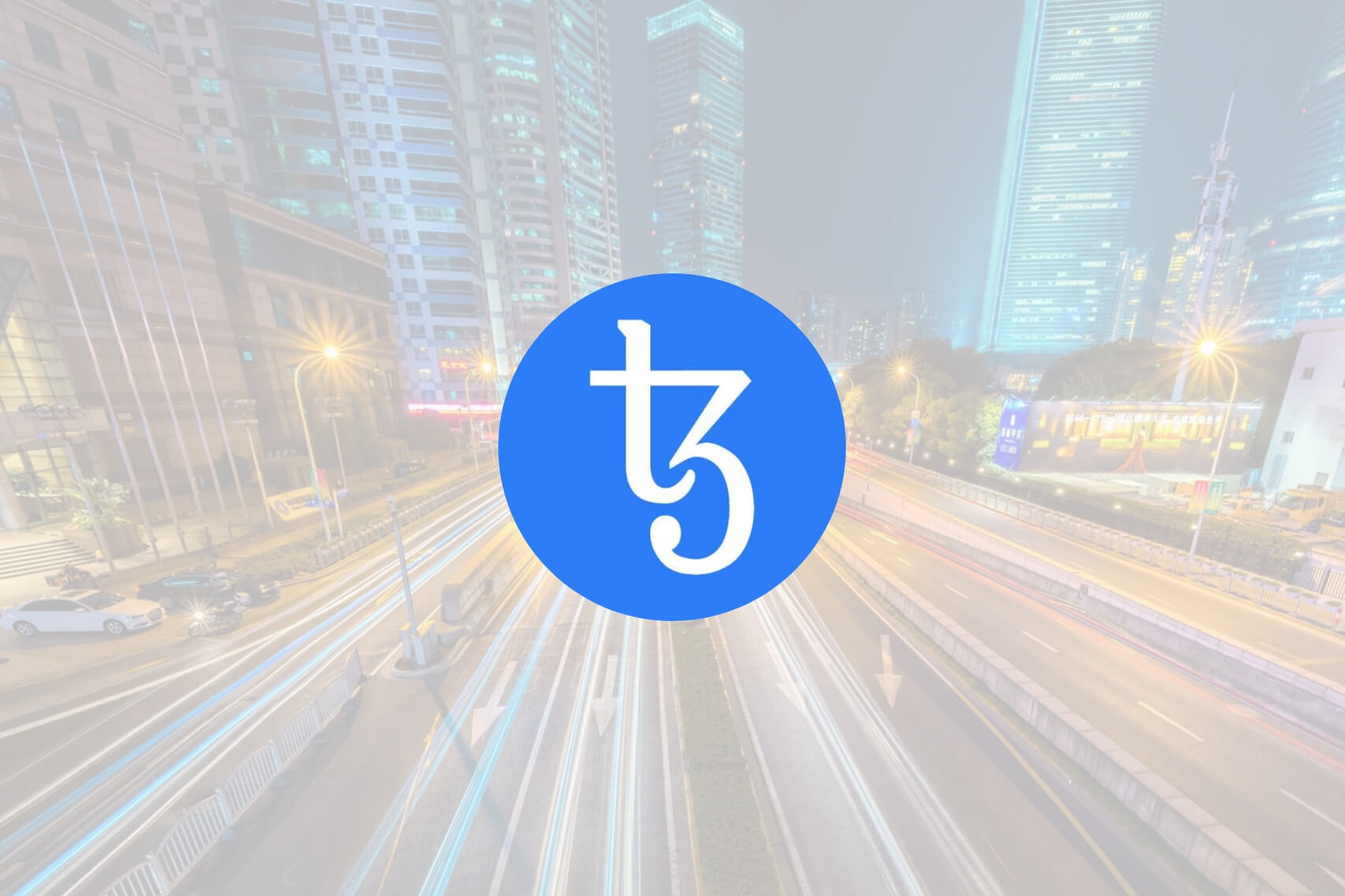The Tezos project, which markets itself as the world’s first “self-amending” cryptocurrency, officially launched its mainnet on Monday, September 17. The much anticipated mainnet launch follows the beta testing phase, which began on June 30.
The #Tezos mainnet is live! https://t.co/nL825YY8SV
— Tezos Foundation (@TezosFoundation) September 17, 2018
The project conducted a highly successful ICO in July 2017, raising $232 million. The XTZ token experienced a spike in price in the days leading up to the mainnet release.
However, as soon as an hour after the mainnet launch, its price began to plummet, knocking off $170 million in market cap, thus more or less leveling gains out. It is currently ranked 16th on CoinMarketCap.
An official from the Tezos Foundation told CoinDesk:
We have been happy to see the network operating smoothly and efficiently over these last few months. The community has been actively engaged, with more than 400 validators (‘bakers’) scheduled for an upcoming cycle and the community has been developing an array of exciting technologies.
The trait of self-amendment comes from the fact that the platform is supposedly controlled entirely by its users.
“On-chain governance” is a big part of Tezos’ protocol, letting stakeholders make the important decisions regarding future implementations. The Proof-of-Stake protocol lets stakeholders of a network decide the procedure by which amendments can be implemented, as well as letting them make amendments to the procedure itself.
Initially, validators were limited to Tezos nodes, but it now supports third-party nodes.
The process of publishing blocks to the Tezos ledger is called “Baking.” Bakers ensure that the transactions in a block are correct and form an important part of the network’s security.
The Tezos protocol also allows Bitcoin and Ethereum to be represented on the network as they can be interfaced with the network layer — described in their whitepaper as Tezos being able to instantiate any blockchain-based ledger.
The Tezos whitepaper describes the staking process in more detail:
Each block is mined by a random stakeholder (the miner) and includes multiple signatures of the previous block provided by random stakeholders (the signers). Mining and signing both offer a small reward but also require making a one year safety deposit to be forfeited in the event of a double mining or double signing.
Tezos has had a tumultuous 12 months. Their ICO stood out as one of the most successful, before several negative incidents overshadowed the development of their platform.
Many months after the closing of their ICO, investors still hadn’t received their tokens. The delay was allegedly a result of the misbehavior of one board member and an internal squabble followed.
While that was being settled, a few class action lawsuits were filed against the company. The dust eventually settled, and Tezos launched the betanet in preparation for the mainnet.
Moving forward, however, all that will matter to investors is the effectiveness of its protocol. This is in turn dependent on the number of nodes on the network, which may take a few months to grow.
At any rate, Tezos has passed the first major hurdle.
To learn more about the project, visit tezos.com. You can also keep up on Tezos news on their blog and Twitter.

